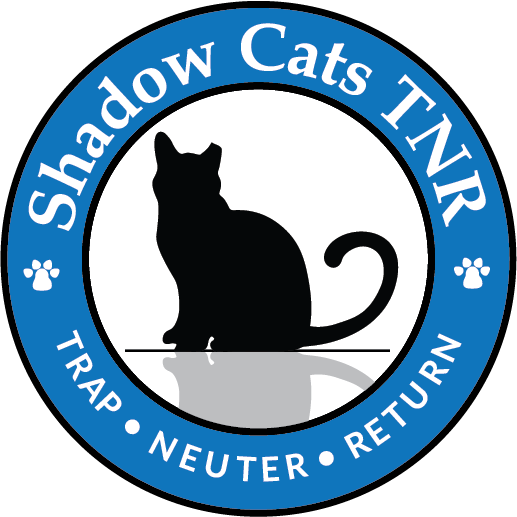
Barn Cat Acclimation Process
First, create a safe space and a routine
Once you have adopted barn cats, it is important to confine the cats in a crate or cage for 2 - 4 weeks to allow the cats time to adjust to their new environment safely and accept it as their new home. Within the crate/ cage, include food, water, a litter box and a small cardboard box for the cat to play or hide in. Be sure to cover the cage with a blanket, leaving one or two sides open, so the cat does not feel exposed.
While the cat is in its acclimation crate, offer the cat a treat of wet food twice daily in addition to its dry food, which should always be kept in their crate along with fresh water. Using wet food to bond and build trust with the cat can lead to successful results once the cat has been given free roam of the environment.
Second, maintain the routine and build trust.
When you offer the wet food, use a voice signal or phrase that you will use to call your barn cat in the future. “Here kitty,” or any other call or vocal signal associated with the wet food feeding will lay the groundwork for the cat to come at feeding time when you call, once its been released from the acclimation crate.
Feel free to spend time quietly talking to the cat during the acclimation phase. Don’t try to pet or pick up the cat if it’s fearful, this will only add to its anxiety and could result in a scratch or bite. Attempting to communicate and bond with your barn cats during this phase is key to a successful acclimation.
Make sure the confinement area is located near a place where the cats can hide once they are released from their crates. They will likely run and hide when first released but will reappear in a day or two.
If a cat escapes from the crate, set food and water out and a blanket or other item that has the cat’s smell. Once escaped, cats often hide for a short time, but usually stay on the premises. Leave plenty of food and water out to encourage the escapee to stay close.
Third, release and provide ongoing care.
After the 2 – 4-week confinement period, open the crate door and allow the cat to come out on its own. This may not happen quickly as the cat has become comfortable in the crate and may find it to be a safe place. Once the cat is out of the crate, leave it set up in the same spot for approximately one week, continuing to fill the dry food bowl and offer wet food twice a day in the crate. Continue using the same voice signal that you initiated when the cat was in the crate.
The cat may come back to this known safe spot until it’s used to being able to come and go as it pleases. Once you notice that the cat is finding places to hide or is showing some signs of social behavior towards you, feel free to move the food and water bowls to a more convenient location and remove the crate.
If the cat(s) should become sick or injured and you are unable to catch them, please contact Shadow Cats TNR, formerly Best Friends in Harford County. We will help capture the cat so you can take it to the vet. If you have any questions or concerns, please don’t hesitate to contact your adoption counselor. If you are having trouble trapping your working cat, we can help.
Wise words of advice:
If you let a barn cat loose too soon, the cat may run away and become lost in an environment that is unfamiliar to them. Giving the cat time to acclimate to the sights, sounds, smells, people and other animals in their new environment makes them feel safer and provides a comfortable transition period. This transition period makes it more likely that the cat will stay on your property once they are free to explore on their own.
Successful confinement periods range from 2-4 weeks. A much longer confinement period is unnecessary and unhealthy and can jeopardize the success of the relocation. If confined for too long, cats may run away upon release, from fear of being confined again.
